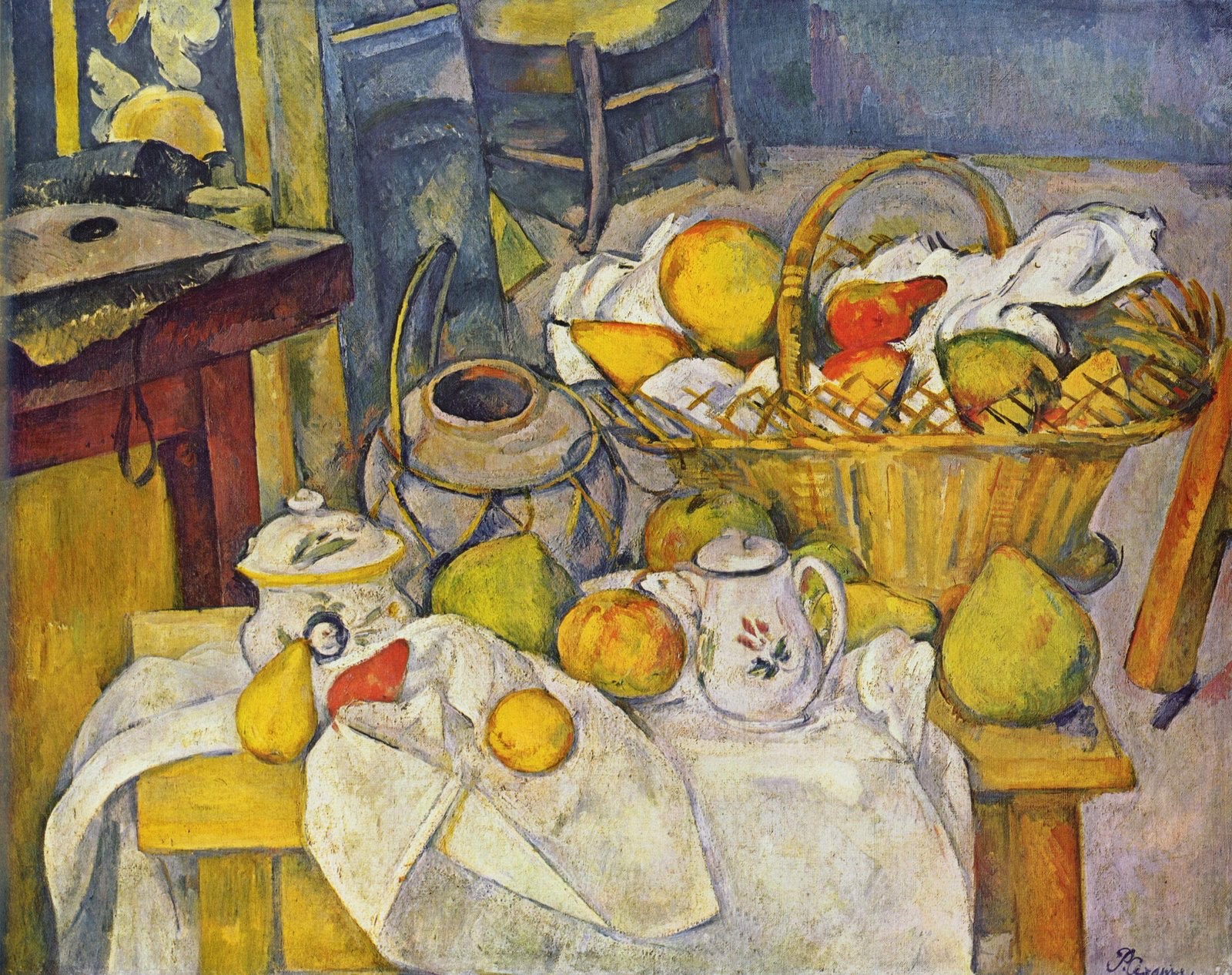In today’s fast-paced world, it seems like everyone is constantly on the go. We are bombarded with endless to-do lists, deadlines, and obligations, leaving little time for rest and relaxation. But what if there was a way to slow down and savor the simple moments in life? Enter the concept of slow living, a lifestyle trend that is gaining popularity and taking the world by storm.
So, what exactly is slow living? At its core, it is about living mindfully and intentionally, taking a step back from the hustle and bustle of everyday life. It is about being present in the moment, appreciating the small things, and finding joy in the simple pleasures of life. Slow living is not about being lazy or unproductive, but rather about finding a balance between work and leisure and prioritizing what truly matters to us.
The origins of slow living can be traced back to the Slow Food movement, which began in Italy in the late 1980s. The movement aimed to combat the fast-food culture and promote the enjoyment of wholesome, locally sourced food. Today, slow living has evolved into a broader concept that encompasses all aspects of life, from how we eat and work to how we spend our free time.
One of the key principles of slow living is to slow down and simplify. This means saying goodbye to the constant need for productivity and instead focusing on quality over quantity. It’s about taking the time to savor a cup of coffee in the morning, rather than rushing out the door with a to-go cup. It’s about cooking a meal from scratch and enjoying it with loved ones, rather than grabbing takeout on the way home from work. By slowing down, we can fully immerse ourselves in the present moment and appreciate the little things that often go unnoticed in our fast-paced lives.
Another aspect of slow living is being more mindful of our consumption habits. In a society that values material possessions and the latest trends, it can be challenging to resist the urge to constantly buy and upgrade. Slow living encourages us to be more mindful of our purchases, considering the impact they have on the environment and our overall well-being. It’s about buying quality over quantity, and only purchasing things that truly bring value to our lives.
The slow living lifestyle also emphasizes the importance of self-care and taking care of our mental and physical health. In a world that glorifies busy and burnout, it’s easy to neglect our own well-being. Slow living reminds us to prioritize our health and make time for activities that nourish our mind, body, and soul. This could mean yoga, meditation, spending time in nature, or simply taking a break from technology and social media.
One of the most significant benefits of slow living is the reduction of stress and anxiety. By slowing down and simplifying our lives, we can alleviate the pressure to constantly be productive and achieve more. This, in turn, leads to a more peaceful and content mindset. Studies have shown that practicing mindfulness and living at a slower pace can have a positive impact on mental health, reducing symptoms of depression and anxiety.
Another beautiful aspect of slow living is the emphasis on community and connection. In our fast-paced world, we often prioritize work and individual success over building meaningful relationships. Slow living encourages us to make time for our loved ones, to have face-to-face conversations, and to be fully present when spending time with others. This can lead to stronger bonds and a sense of belonging, which is essential for our overall well-being.
But slow living is not just about the individual; it also has a broader impact on society and the planet. By being more mindful of our consumption habits, we can reduce our carbon footprint and contribute to a more sustainable future. By slowing down and simplifying our lives, we can also create more time for community engagement and social responsibility.
The slow living trend has gained a following all over the world, with many people embracing this lifestyle and reaping its benefits. In cities like Copenhagen, the concept of hygge, which is similar to slow living, has been a way of life for decades. Hygge is all about creating a cozy and comfortable atmosphere, spending quality time with loved ones, and finding joy in the simple things. It’s no wonder that Denmark consistently ranks as one of the happiest countries in the world.
So, how can you incorporate slow living into your life? It’s important to remember that slow living is not a one-size-fits-all concept. It’s about finding what works for you and your lifestyle. Some may choose to start by decluttering their homes and simplifying their possessions, while others may focus on being more mindful and present in their daily activities. The key is to start small and be consistent in your efforts to slow down and savor the moments.
In a world that values speed and productivity, slow living is a refreshing and much-needed lifestyle trend. It encourages us to live more intentionally, appreciate the simple things, and prioritize our well-being and relationships. As we continue to navigate the uncertainties of life, perhaps embracing the joys of slow living is just what we need to find peace and happiness. So, take a deep breath, slow down, and enjoy the moment.




